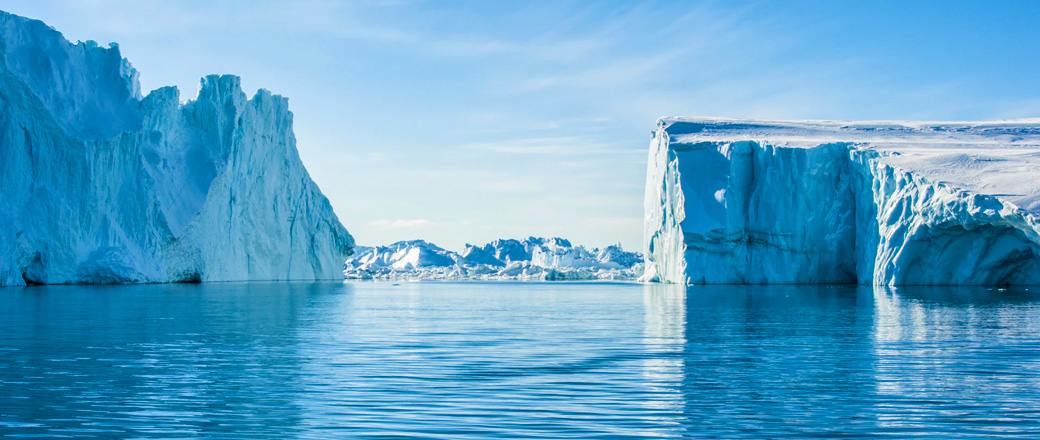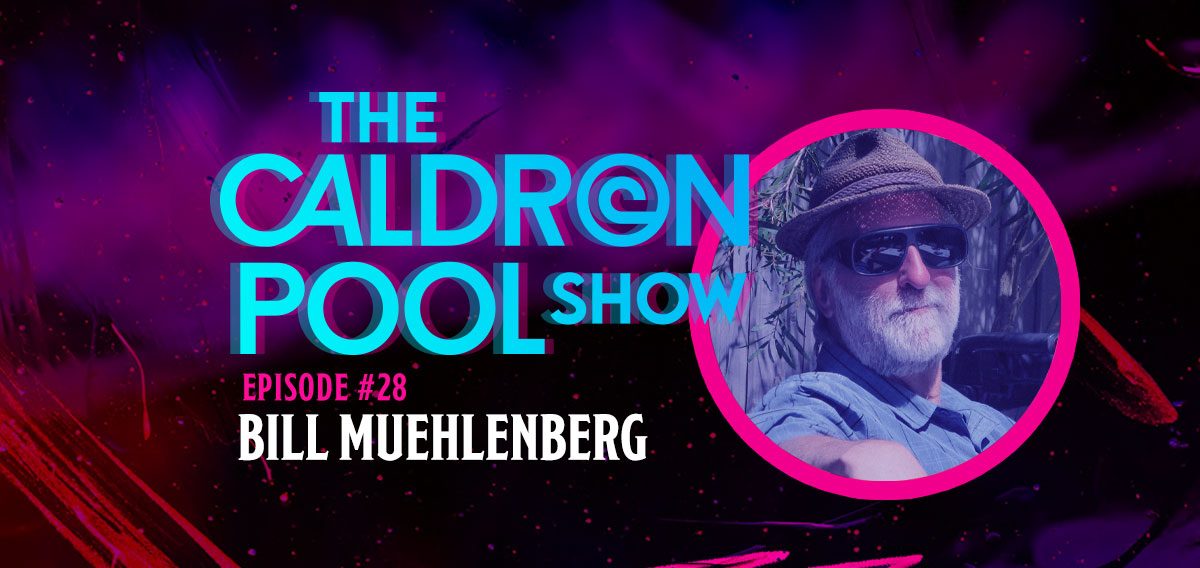In June 2017, online economist magazine Quartz predicted that ‘as climate changes effects become harsher and more unexpected climate change could become even harder to study’.
Quartz was buffing up an incident where scientists from Canada, out researching the impact of sea ice on Hudson Bay became hindered by what is alleged to have been large chunks of ice from the Arctic blocking their way. Quartz called these ‘severe conditions’ the consequence of climate change.
As reported by Phys.org the scientists had to abandon their trip over safety concerns. Lead researchers on the expedition were adamant that the ice was from the Arctic, saying that they ‘were able to use the state-of-the-art equipment onboard the Amundsen to confirm that a significant proportion of the sea ice present originated’ from the there.
However, as NASA’s earth observatory pointed out, Hudson Bay is well known for pack ice. The bay is ‘shallow and surrounded by land, Hudson Bay freezes over completely in the winter but thaws for periods in the summer. Usually, all of the sea ice is gone by August, and the bay begins to freeze over in October or November. In between, as the sea ice is breaking up, winds and currents cause flotillas of pack ice to cluster in certain parts of the bay.’
According to NASA, this is what was happening in June 2017, the same month the Canadian climate change research team claimed to have had to stop their research due to ice coming from the “high Arctic”. NASA not only clearly contradicted Phys.org and Quartz but also added that the ice was good for the wildlife, because ‘the rhythms of sea ice play a central role in the lives of the animals of Hudson Bay, particularly polar bears. When the bay is topped with ice, polar bears head out to hunt for seals and other prey. When the ice melts in the summer, the bears swim to shore, where they fast until sea ice returns.’
If this doesn’t raise red flags about the apocalyptic climate change narrative, along with the fear, logical fallacies and panic it breeds, look no further than two recent incidents where climate change researchers had to be rescued because, they too, were hindered by ice.
This July, Norwegian research Ice breaker, Crown Prince Haakon, had to change direction. According to the Captain, they ran into ‘ice thicker than expected.’ Multiple sites[i] reported the news, with only one offering a different explanation, citing ‘loose bolts in the shaft seal of the propeller housing as the cause.’
The second incident occurred on September 3rd when the MS Malmo had to be abandoned after getting stuck in ice. According to Andrew Bolt of the Herald Sun, the Malmo’s current tour got ‘stuck in ice halfway between Norway and the North Pole. The ship was on an Arctic tour with a Climate Change documentary film team, and tourists, concerned with climate change and melting ice.’
This necessitated a rescue mission where all sixteen passengers (climate change “researchers”) were evacuated. Cruise Industry news also said that although it was ‘windy and snowing, the captain and crew onboard would remain on board, anticipating the ice to break up, from where they can then take the ship out into open water.’
These incidents aren’t isolated. In 2014, a Chinese Icebreaker ended up stuck in ice, while on a rescue mission to evacuate 52 people from a Russian tour ship also trapped in ice. The Telegraph’s Harriet Alexander wrote that ‘the Akademik Shokalskiy, became wedged in ice on Christmas Eve as it was heading towards Antarctica. In preparing to rescue the passengers, the Chinese owned, Snow Dragon got wedged in ice.’
The first victims of the apocalyptic climate change narrative are those who find themselves stranded at sea because they encounter ice, where they’ve been told ice should no longer be. Ignoring maritime precautions because of climate change hype and propaganda is putting lives at risk. This includes unnecessarily risking the lives of those who are called in to respond to the consequences of such willful ignorance.
All of these examples raise red flags about the apocalyptic climate change narrative. Add to these examples the widespread misuse of the word ‘denier’ for anyone, like Scientist Peter Ridd (et.al) who question the prevailing scientific consensus turned dogma, and I’d say the real concern lies in how many people are refusing to look before they leap.
The Bolt Report illustrated this rising contemporary problem when they uncovered a 25-year-old documentary that inadvertently challenges the walrus “apocalyptic climate change” claims in the Netflix, David Attenborough documentary Our Planet, which shows walruses falling off of cliffs. It boggles the mind, how so many people today leap before they look.
We need to look after our environment. I’m not disputing that. We have a responsibility to care for the creatures and earth entrusted to us. We have a duty of care to pass on healthy tradition, allowing that tradition to guide progress towards preservation, better technology and energy practices, but this must be done rationally, respectfully and with a filter that separates the sacred from absolute stupidity.
If those who hold to apocalyptic climate change tell us to trust their interpretation of the science, and yet, at the same time tell us to ignore the biological determinism which tells us plainly that there are only two genders, why should we take them seriously?
If advocates of the climate change narrative are using the same manipulative propaganda tools that were used in the push for gay “marriage”, and it’s denial of biological reproduction and physiological compatibility, why should we take them seriously?
If those who hold to this narrative are all too ready to dismiss questions and opposing viewpoints with ad hominem, straw men and abuse; where people who apply critical reasoning to the issues are hit with the accusation “denier”, a term that does immediate violence (every time it’s used) to the memory of those who suffered under the Nazi extermination of the Jews, why should we surrender and follow blindly?
If any contemporary holocaust “deniers” do exist, it’s the many who deny the biological reality of human life from conception to birth and beyond?!
Why should advocates of the apocalyptic climate change narrative (such as The Greens) be trusted when most of them deny that the duty of care for the environment first starts with care for those in the womb, the vulnerable, the aged, and the wounded? How can they be trusted with the kind of power they’re demanding, when cows grazing in state forests, or a farmer making a dam to improve land management, is made illegal, but a mother having a doctor kill and dismember her child in the womb is fair game? There’s an inescapable dissonance.
If fanatics fearing apocalyptic climate change are looking to label anything a holocaust, equal to the Holocaust of the 1930-40s, all they have to do is look in the bloodthirsty direction of industrial-scale abortion, not the well-scripted, manipulative narrative of so-called anthropogenic apocalyptic climate change.
References:[i] e.g.: Resett; Klassekampen; SOTT; Maritime Bulletin ; Climate Depot

















